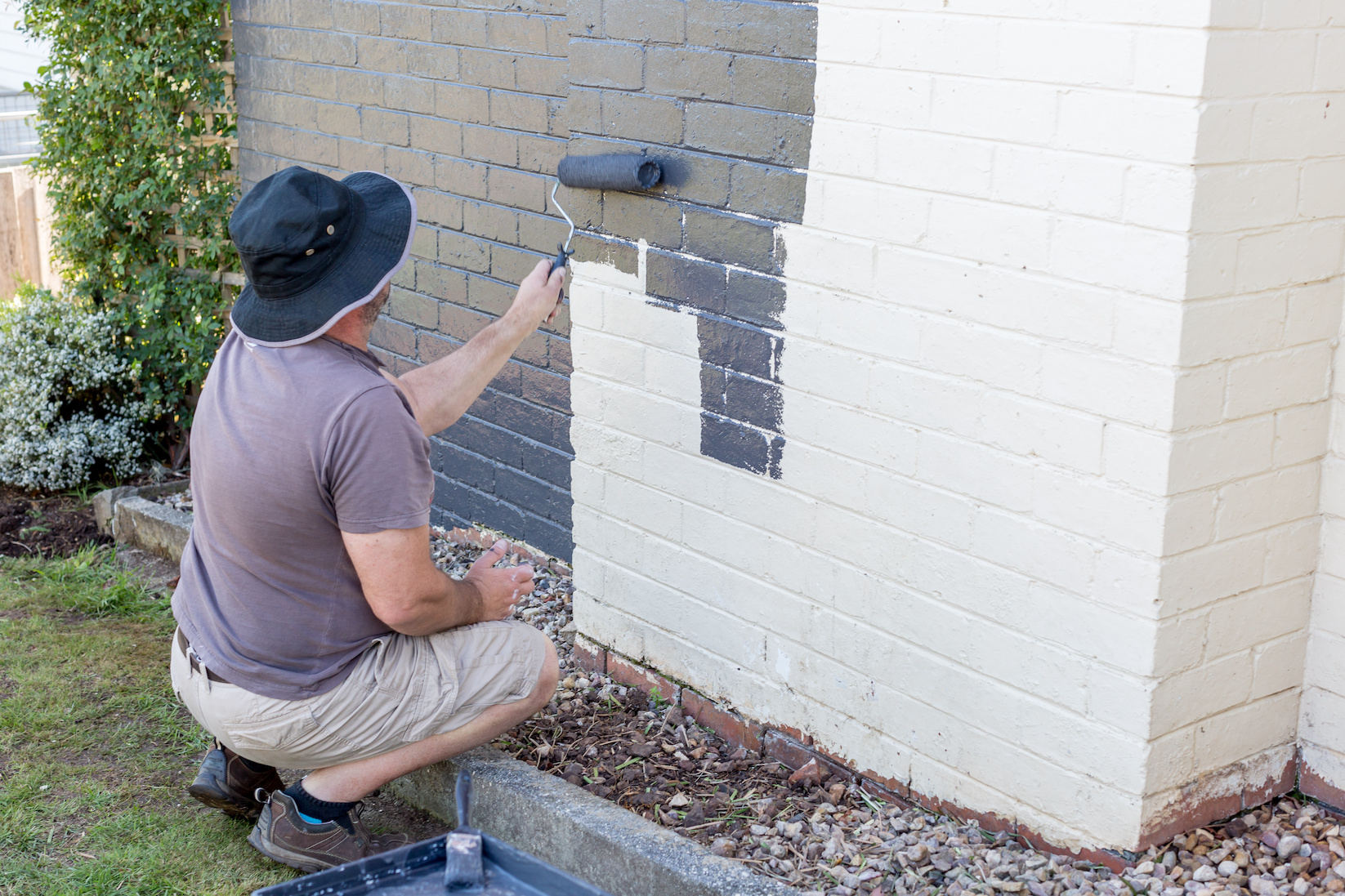
Painting your bricks can be a fantastic way to upgrade the look of an indoor or outdoor space. However, painting brick is not a walk in the park—if not done correctly, the paint can peel off with time or even end up with an alkali-burned topcoat.
Bricks are difficult to paint because they’re porous, meaning they absorb paint. But with careful preparation of your bricks, the right paint, and a whitewash house finish, you can easily manage the whole process without contacting the professionals.
If you want to paint your brick house, this post is for you. Read along to learn about the different steps to take when painting bricks.
Clean The Bricks Thoroughly With A Cleaning Solution
The first step in painting a brick house is cleaning the bricks from any debris or greasy stains. Start by splashing the brick surface with a hose water pipe to remove dirt and dust from the bricks. For tough dirt and salt build-up, dip a stiff brush in a soap water mixture and scrub off the debris. If this isn’t effective, mix half a cup of trisodium phosphate into a gallon of water to create a cleaning solution, and dip the brush into the solution before scrubbing the bricks. If you’re dealing with a large brick area, consider hiring a 1500 PSI pressure washer from a home improvement store. However, never use acid cleaning solutions as they might interfere with your paint job.
Cover The Windows And Doors
Use unfolded pieces of newspaper on your doors and windows and painter’s tape to tape them. For bigger areas, use multiple newspapers to cover the entire perimeter and fasten the newspaper firmly using tape. Do the same to any other area you don’t want to paint.
Repair Any Wall Crack With Acrylic Caulk
If there are cracks on the wall, fix them before starting to paint. Start by inserting a scrapper into the crack and levering them to widen the crack. Using the acrylic caulk, fill in the crack slowly and steadily and allow it to dry for at least 5 hours.
Apply Primer To The Surface Of The Bricks
Depending on the area of the bricks’ surface, use a brush, paint roller, or a paint sprayer to apply a coat of masonry primer. Ensure that all the bricks are covered by the primer and apply additional coats on areas affected by mildew or efflorescence. Whether you apply one layer or a few, let the primer dry completely before going to the next step–the recommended drying period is always listed on the primer’s package.
Pick Your Paint
There are different types of paints, so take your time choosing what will suit your home and your budget. For instance, elastomeric paint is a coating specifically designed to protect masonry surfaces; it’s more durable and expensive than acrylic paint. Elastomeric paint is resistant to cold, heat, sunlight, and wind-driven rain, making it suitable for outdoor application. It’s also dense enough to fill in cracks in the bricks, but you’ll need to apply two coats. So, if you live in a region prone to extreme temperature changes, elastomeric paint is the best for protecting your home’s brick surface.
However, if elastomeric paint is expensive for you, acrylic latex paint is a cheaper alternative. It’s also good for outdoor brick painting as it allows moisture to leave the surface and helps prevent mildew. When using acrylic paint, you only need to apply one coat unless you see spots of white walls behind the first layer.
Apply The Paint
As stated earlier, you can apply paint using a paint sprayer, a brush, or a roller. For smaller brick surfaces, a painting roller is more suitable. Just dip the roller lightly into the paint, then roll it forward and backwards on a ramp to evenly distribute the paint on the roller. Now roll the paint onto the brick’s surface in a sizable zigzag pattern, then fill the spaces with crisscross strokes. Next, level the finish with long parallel strokes.
On the other hand, a paint sprayer is ideal for larger brick surfaces. Select a vertical spray pattern from the nozzle to create thin, tall oval paint. Start spraying side by side, but maintain your distance from the wall to ensure even coverage. For spots unreachable by the paint sprayer or the roller, use a paintbrush to fill the spots. This includes areas by the windows, doors, and trim. Just ensure you paint gently to avoid leaving brush marks.
Conclusion
Painting a brick house can be daunting, but it doesn’t mean you cannot do it yourself. With the above steps, you can successfully paint your brick house with ease. However, note that you shouldn’t paint a brand-new brick as they release a powdery substance that could interfere with your painting job. Give it at least a month to cure before painting it.
Ref: ZD.25387 | THSI-2879




 POSTED BY
POSTED BY 

